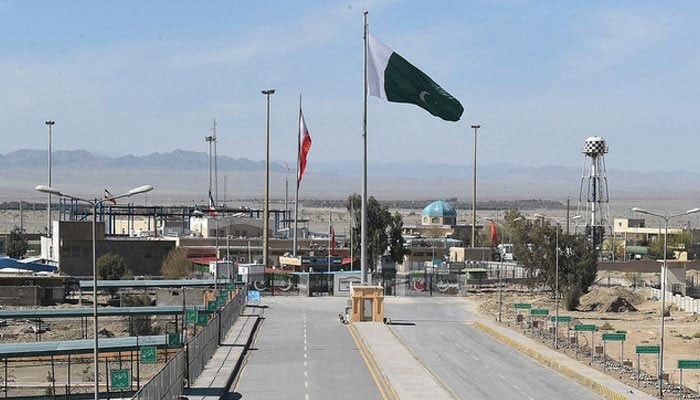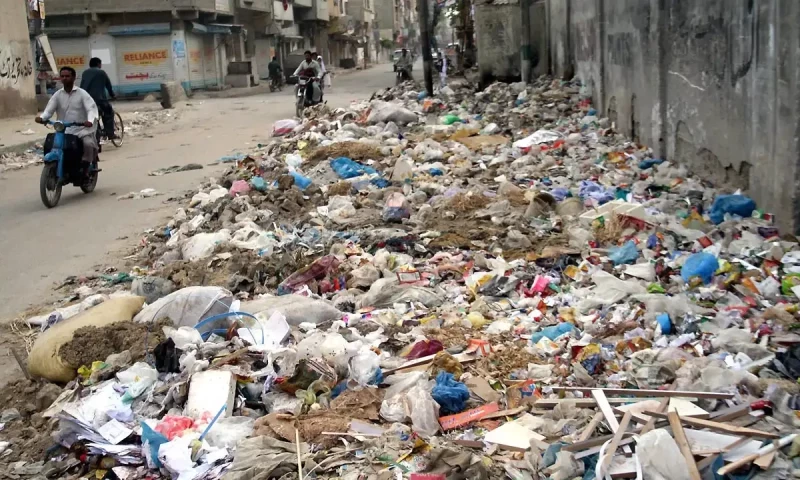Background and Context
In early May 2025, all official Pakistan–Iran border crossings located in Balochistan were abruptly shut by Iranian authorities for an unspecified duration. These crossings, including major points at Taftan–Mirjaveh, Gabd–Rimdan, Mand–Pishin, and Chadgi–Kuhak, had previously facilitated both pedestrian transit and commercial trade .
The decision appears to be a security measure, undertaken amid rising tensions along the Iran–Pakistan border. In January 2024, Iran carried out missile and drone operations targeting militants in Balochistan—a move that sparked condemnation from Pakistan Additional militant incidents, such as the October 2024 attack near Zahedan (Gohar Kuh), have added to the region’s volatility .
Immediate Humanitarian and Economic Impact
The closure quickly inflicted severe economic damage on border communities. Residents of Chagai, Washuk, Nokundi, Panjgur, and other districts rely heavily on cross-border trade, particularly in Iranian petroleum products and consumer goods. According to local reports, the border shutdown—ongoing for roughly a month—has resulted in widespread loss of income, rising poverty, and social distress .
The Rakhshan and Makran Border Trade Alliance, representing various towns including Washuk, Panjgur, and Nokundi, called for shutter-down strikes to protest the abrupt ban on Iranian-sourced fuel and goods. Markets, hotels, petrol stations, and banks were shut down in a coordinated economic shutdown, exacerbating hardship.
Beyond economic losses, thousands of jobs have been lost. Local business leaders have warned that prolonged closure could trigger food shortages, heightened youth unemployment, and desperation that may fuel social instability or recruitment by anti-state elements .
Political and Official Responses
The Balochistan Assembly, under Speaker Abdul Khaliq Achakzai, unanimously passed resolutions urging the federal government to liaise with Iranian counterparts to reopen the border and allow essential trading, including food and flights. Opposition lawmakers staged walkouts and sit-ins, denouncing the shutdown as a hostile act that attacks locals’ livelihood
Prominent figures like Mir Asadullah Baloch and Maulana Hidayatur Rehman criticized the closure as discriminatory. They demanded alternative income opportunities for affected communities, arguing that labeling informal trade as smuggling undermines their subsistence .
The provincial government echoed calls for rational dialogue. Zahoor Ahmed Buledi, Balochistan’s Planning and Development Minister, acknowledged the economic anguish while citing national security concerns that necessitate restrictions. He pledged to propose a unified cross-border trade framework once the chief minister returned .
Security Considerations
Iran’s closure appears linked to cross-border militant activity in Sistan and Balochistan province. Incidents, including the 2024 Gohar Kuh attack and missile strikes in Panjgur, have escalated suspicions of militant infiltration and smuggling through porous border areas .
In response, Iran and Pakistan have accelerated construction of physical barriers—including a 700 km concrete wall along the border—with the dual aims of limiting illegal crossings, smuggling, and militant movement .
However, critics caution that such measures must balance security with the economic needs of border communities. Blanket closures without phased reopening plans or proper infrastructure risk prolonging humanitarian suffering.
Economic and Societal Fallout
The border shutdown’s economic ripple effects are vast. In regions like Chagai, once hubs for small-scale fuel reselling—enabled by tokens from local authorities—the abrupt halt has left entire populations disadvantaged .
Border trade with Iran historically constituted a multi-billion dollar annual exchange. Prior to shutdowns, Pakistan-Iran trade stood at approximately $1.5 billion annually, with ambitious targets set to boost that figure to $5 billion via six planned border markets . The current closures jeopardize these broader economic ambitions.
Calls for Resolution
Local stakeholders—including the Rakhshan and Makran Border Trade Alliance—and political leaders are demanding:
- Diplomatic engagement with Iran aimed at reopening all border points.
- Regulated reopening, allowing essential goods, petroleum, and food items to flow through under transparent, monitored mechanisms.
- Construction of joint trade markets and infrastructure to legalize commerce and diminish smuggling.
- Economic safety nets and alternative employment for displaced workers until trade normalizes.
Such measures, they argue, represent a sustainable approach that respects both national security priorities and the fundamental livelihoods of border communities.
Wider Regional Implications
The closure highlights deeper regional dynamics: security policies, militant threats, bilateral trade ambitions, and the economic marginalization of Baloch communities. While national security remains paramount, the absence of a clear timeline or relief plan for border populations underscores Pakistan’s struggle to reconcile these multiple priorities.
As federal and provincial authorities engage in intense negotiations, the future of the Iran–Pakistan border crossings remains uncertain. What is clear, however, is that for as long as they remain closed, human suffering and economic distress will increase—not just in remote border areas but across broader Balochistan, a province already facing longstanding developmental challenges.
Topics #Breaking #trending pakistan




